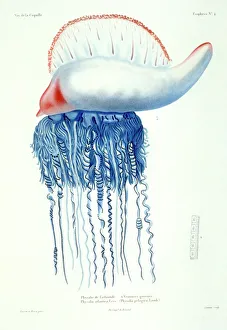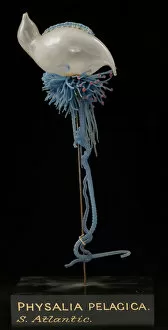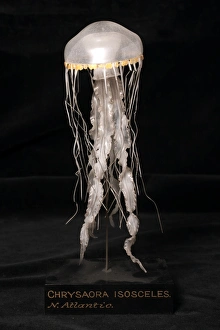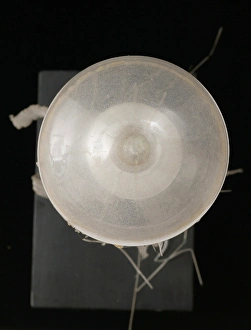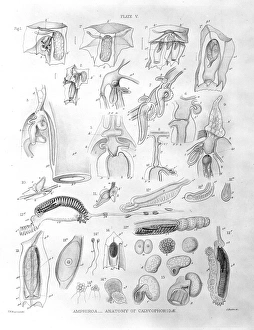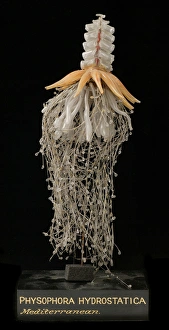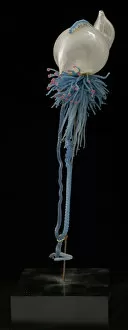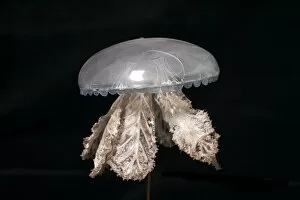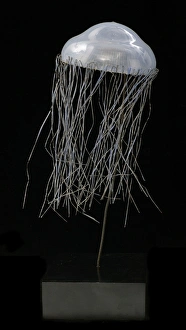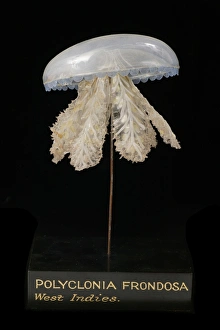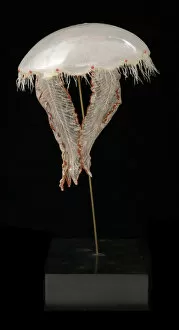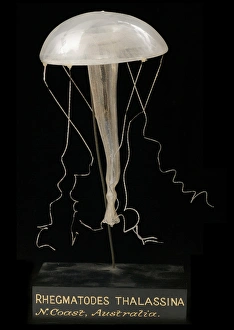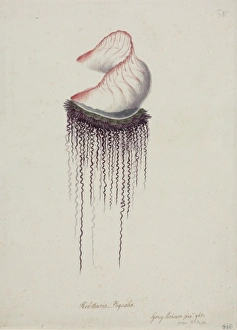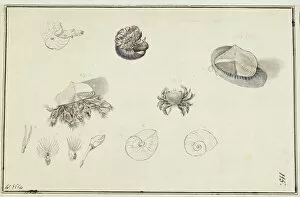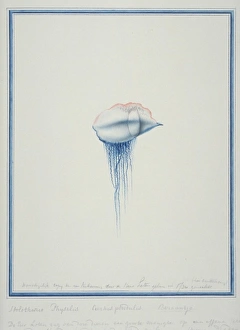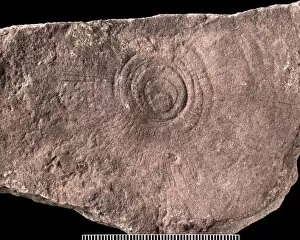Medusa Jellyfish Collection
"Unveiling the Mystique: The Medusa Jellyfish and its Enigmatic Beauty" The mesmerizing Medusa Jellyfish
All Professionally Made to Order for Quick Shipping
"Unveiling the Mystique: The Medusa Jellyfish and its Enigmatic Beauty" The mesmerizing Medusa Jellyfish, scientifically known as Physalia pelagica or Portuguese-man-of-war, captivates with its ethereal grace. Resembling a jellyfish model brought to life, it glides through the ocean currents effortlessly. But wait. There's more than meets the eye. Another enchanting species in this family is Chrysaora isosceles, an intricate jellyfish model come alive. Its delicate tentacles sway like underwater ballet dancers, creating a spectacle of elegance. Enter the realm of wonder as we encounter another member of this captivating clan - Physophora hydrostatica. This jellyfish model turned reality showcases long tendrils that gracefully trail behind it as it drifts through the depths. Behold once again the striking beauty of Physalia pelagica - a true embodiment of a living masterpiece among jellyfish species. With vibrant hues and venomous tentacles trailing beneath its translucent body, it commands attention wherever it roams. Let us not forget Polyclonia frondosa; even though resembling a mere jellyfish model at first glance, this creature reveals itself to be an extraordinary being when observed closely. Its fringed edges create an illusionary dance in sync with oceanic rhythms. And now we meet Carmarina hastata - both stunning and mysterious in equal measure. As if emerging from an artist's imagination into reality, this jellyfish exhibits graceful movements while showcasing its distinctive shape and allure. Last but not least is Polyclonia frondosa once again – proving that nature has endless surprises up her sleeve. This time transformed into a living entity rather than just a mere representation on paper or display case; its presence evokes awe-inspiring wonderment. Intriguingly diverse yet united by their undeniable allure, these various members within the Medusa Jellyfish family continue to fascinate and bewitch.

